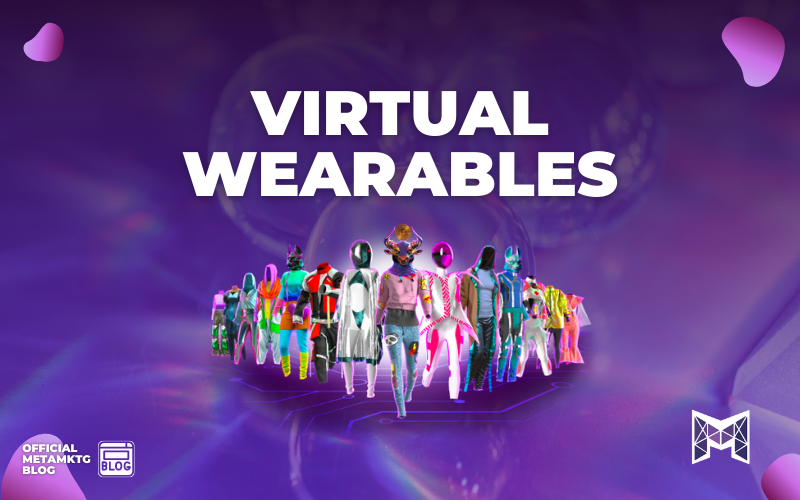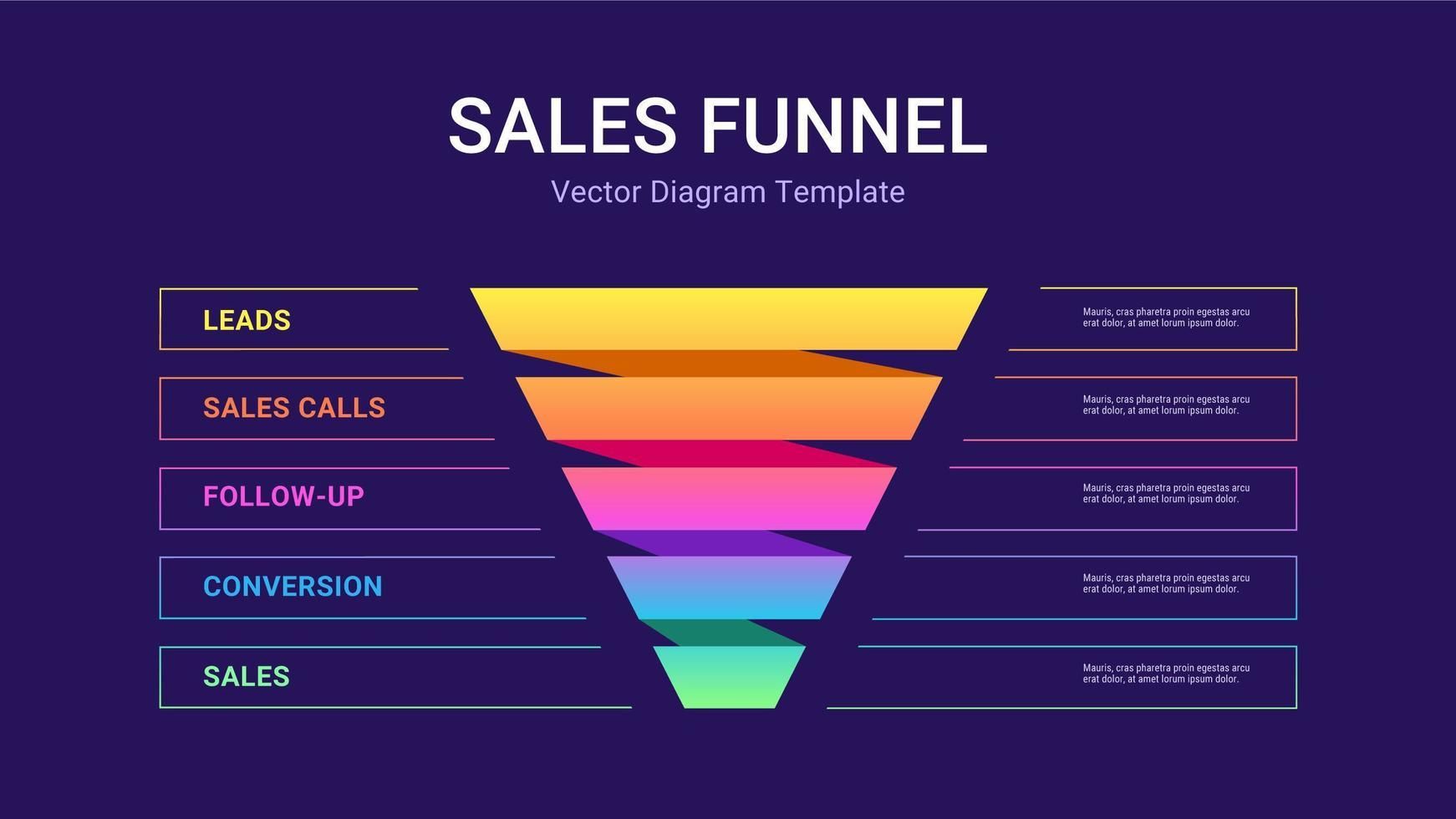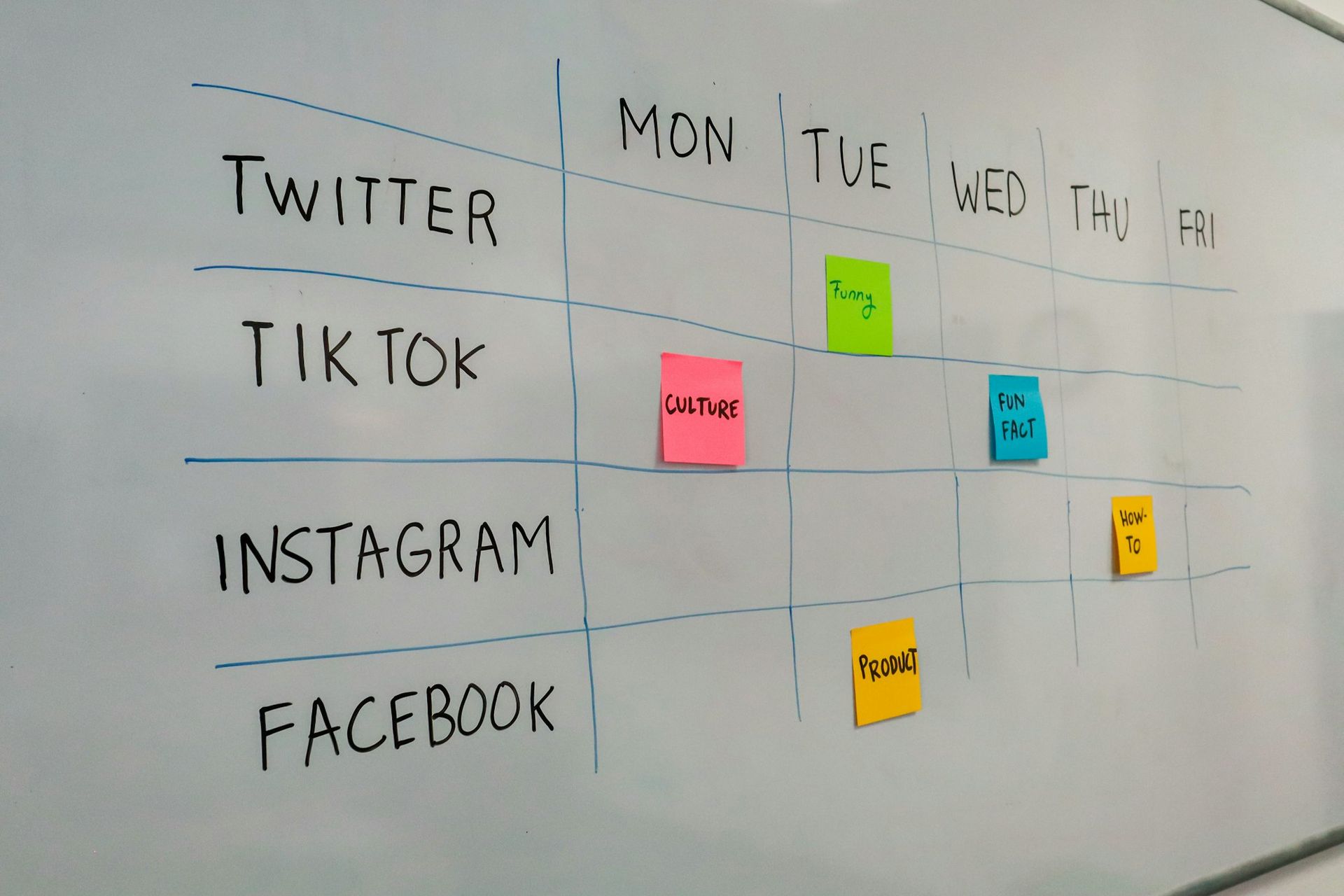How Brands are Using Virtual Wearables as a Form of Marketing
How Brands are Using Virtual Wearables as a Form of Marketing

Brands Adopting Virtual Wearable Technology
You may have seen some brand's virtual wearables popping up in your social media feeds lately and wondered what they are. Virtual wearables are the next iteration of fashion made possible by software technology.
Unlike traditional clothes, which are made from physical fabric, virtual wearables are made from code. This code is stored on the blockchain, which is a distributed ledger that allows for secure and transparent transactions.
In this article, we are explaining the use of virtual wearables, and how companies are taking advantage of this digital revolution to further their brand's digital awareness
Questions About Virtual Wearables
There have been many questions about how virtual wearables work. This article aims to answer all questions from how you can sell virtual wearables, to where they are being sold, why and what they are being sold as.
How Are Brands Selling Virtual Wearables?
Brands are mostly adopting Web2 platforms for virtual wearables before distributing virtual wearables as NFTs, however, many major brands have already started selling virtual wearables as NFTs on the blockchain.
Virtual Wearables on Centralized Platforms
Brands have been selling virtual wearables on central platforms such as Roblox and Fortnite. This allows players to try on clothes before they buy them, without having to leave the game.
This is a great way for brands to connect with their audience and sell products. It also offers a new way for players to express themselves in the game.
What Are NFTs?
NFTs, or non-fungible tokens, are digital assets that are unique and cannot be replicated. They can be used to represent anything from a piece of art to a virtual collectible. And brands are starting to get in on the action by creating their own virtual wearable NFTs.
What Are Virtual Wearable NFTs?
Virtual wearable NFTs are digital assets that can be worn by avatars in virtual reality (VR) or augmented reality (AR). They can be used for a variety of purposes, such as promotion, marketing, or simply as a way to show off your personal style.
How Do They Work?
When you purchase a virtual wearable NFT, you are actually purchasing the code that makes up the virtual garment. This code is stored on the blockchain, which is then used to render the garment in VR or AR.
Who Owns the Virtual Wearable?
On central platforms such as Roblox and Fortnite, you can think of it like buying a video game skin; you don't physically own the skin, but you do have the exclusive rights to use it within the game.
On decentralized platforms such as Decentraland and Sandbox, the unique aspect of virtual wearables is minted on the blockchain, meaning that it can be purchased and sold on NFT marketplaces.
The creator has the ability to code the smart contract, which also allows you to empower your customers by giving them the opportunity to unlock privileges and other unique in-game or real-life perks that come with purchasing a virtual wearable.
Examples of perks from purchasing virtual wearable NFTs from real-life use cases include metaverse event access, real-life event access (concerts, movies, sports games), the real-life component of the virtual wearable, digital exclusives, and anything imaginable.
What Are the Benefits?
There are several benefits to using virtual wearable NFTs. First of all, they offer a level of customization that is not possible with traditional clothing.
You can choose exactly what your avatar wears, down to the smallest details. Secondly, they offer a degree of flexibility that traditional clothing cannot match.
You can change your avatar's outfit as often as you like without having to worry about laundry or storage space. Finally, virtual wearables NFTs are much more affordable than traditional clothing items.

Brands Actively Selling Virtual Wearable NFTs
Gucci has recently launched Gucci Vault, where they sell their SUPERGUCCI NFT collection launched in collaboration with SUPERPLASTIC. You can use your Gucci NFT avatar in the metaverse, Sandbox.
Balenciaga
has also jumped into the world of virtual fashion with the launch of its own line of avatar clothing on the IMVU platform. The collection includes Balenciaga's signature styles, like the Croisière dress and the Oversized Hoodie.
Not to be outdone, Louis Vuitton has created a line of luxury avatar clothes and accessories that can be purchased with real-world currency on the Decentraland platform. The collection includes LV's iconic monogram print and features items like dresses, shoes, and bags.
The Evolution of Virtual Wearable NFTs
As virtual reality and augmented reality become more popular, brands are starting to experiment with virtual wearable NFTs. wearable NFTs are digital assets that can be worn by avatars in VR or AR.
How Brands are Using Wearables as a Form of Marketing
In recent years, virtual reality has become an increasingly popular way to engage with consumers. And now, brands are beginning to experiment with virtual wearables as a form of marketing.
Virtual wearables are worn by digital avatars in virtual environments. These wearables come in the form of virtual clothing, accessories, gadgets, tattoos, vehicles, houses, and more.
Examples of Brands' Use Cases for Virtual Wearables
For example, one virtual wearable might display a clothing company's logo, while another might be a wearable you receive for attending a concert in the metaverse.
By using virtual wearables, brands can give consumers a more immersive and personalized experience that is designed to capture their attention and generate sales.
They can be used for a variety of purposes, such as promotion, marketing, or simply as a way to show off your personal style. Unlike traditional clothes, which are made from physical fabric, virtual wearables are made from code.
This means it can be programmable to be more immersive, leading to limitless marketing opportunities that come from programming virtual wearables.
Some examples include:
- Clickable links from the virtual wearable
- Unlocking exclusive content from purchasing certain wearables
- Getting real-life perks from buying virtual wearable NFTs
- and more!
Conclusion
Virtual wearable NFTs are a fun and innovative way for brands to engage with their customers in the digital world. By creating their own NFTs, brands can enter new markets and reach new audiences.
So far, we've seen Gucci, Balenciaga, and Louis Vuitton all create their own lines of virtual fashion. It will be interesting to see what other brands come up with in the future!
Virtual wearable NFTs are digital assets that can be worn by avatars in VR or AR. They offer a level of customization and flexibility that traditional clothing cannot match. Plus, they're more affordable than traditional clothing items.
As the popularity of VR and AR continues to grow, we expect to see more brands using virtual wearable NFTs to engage with their audiences in new and innovative ways.




















